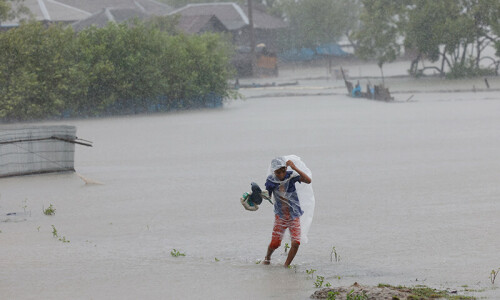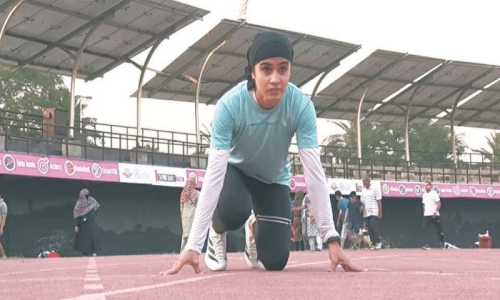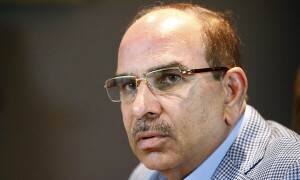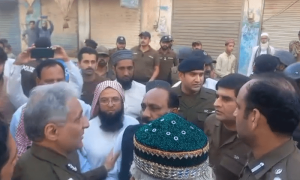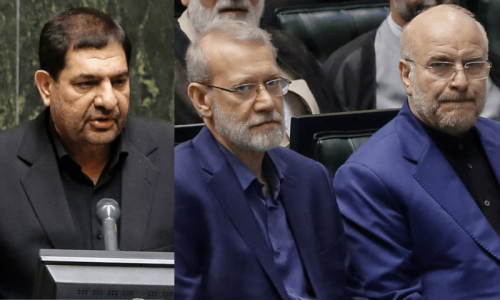In the aftermath of Sunday’s devastating bombing near the Wagah border crossing, many questions have to be asked as dozens of families bury their dead and several more begin the long task of looking after the injured.
Worryingly, few of the questions have any clear answers. To begin with, with the blowback from the North Waziristan military operation now seemingly gathering pace, how well is the country’s intelligence and law-enforcement apparatus positioned to deal with the threat?
The army-led security apparatus took a great deal of credit for so-called intelligence-led targeted operations in the cities and towns around the time Operation Zarb-i-Azb was launched in the summer, and they did seem to blunt the urban terrorist threat for a while at least. But the militant threat ebbs and flow and without sustained, focused and relentless pursuit, the state will always find that a period of calm is followed by a period of intense attacks. Militant groups regenerate and, more problematically, tend to splinter over time, leading to ever-more virulent offshoots.
Has the security apparatus of the state really kept up the pressure on urban militant groups, in the same way it did in the early days of Zarb-i-Azb?
Next, both the site of the attack and the duelling claims of responsibility for Sunday’s carnage present a fresh challenge. It does appear that the border Rangers at Wagah were the target and perhaps the suicide bomber exploded himself among civilians because he was unable to get closer to a bigger security target or larger group of security personnel. But the bomber did blow himself up among a large number of civilians, which means it cannot be ruled out that the so-called soft option — civilian victims — was the original plan.
If soft targets and civilian-centric attacks are once again becoming the principal focus of militants, then the country may have to brace itself for another wave of terror that will be fiendishly difficult to prevent. The only effective way of stopping a militant attack on a civilian target — necessarily open and accessible to the public — is to find the militant cells and dismantle them.
How far though have the state’s resources, especially on the civilian-led law-enforcement side, really been developed to make that possible?
Lahore, possibly the richest, best resourced and fawned over of all the provincial capitals, has suffered some serious attacks in recent years and yet further attacks continue to be a very real possibility — as the Wagah episode has proved.
Finally, with two separate groups claiming the Wagah attack, how much is really known about which groups are active in Pakistan and which militant ideologies are proliferating? Perhaps, as some politicians have called for, the government needs to give parliament a detailed briefing on the state of militancy in Pakistan today. To fight the militancy threat, knowing its contours is a prerequisite.
Published in Dawn, November 4th, 2014

















